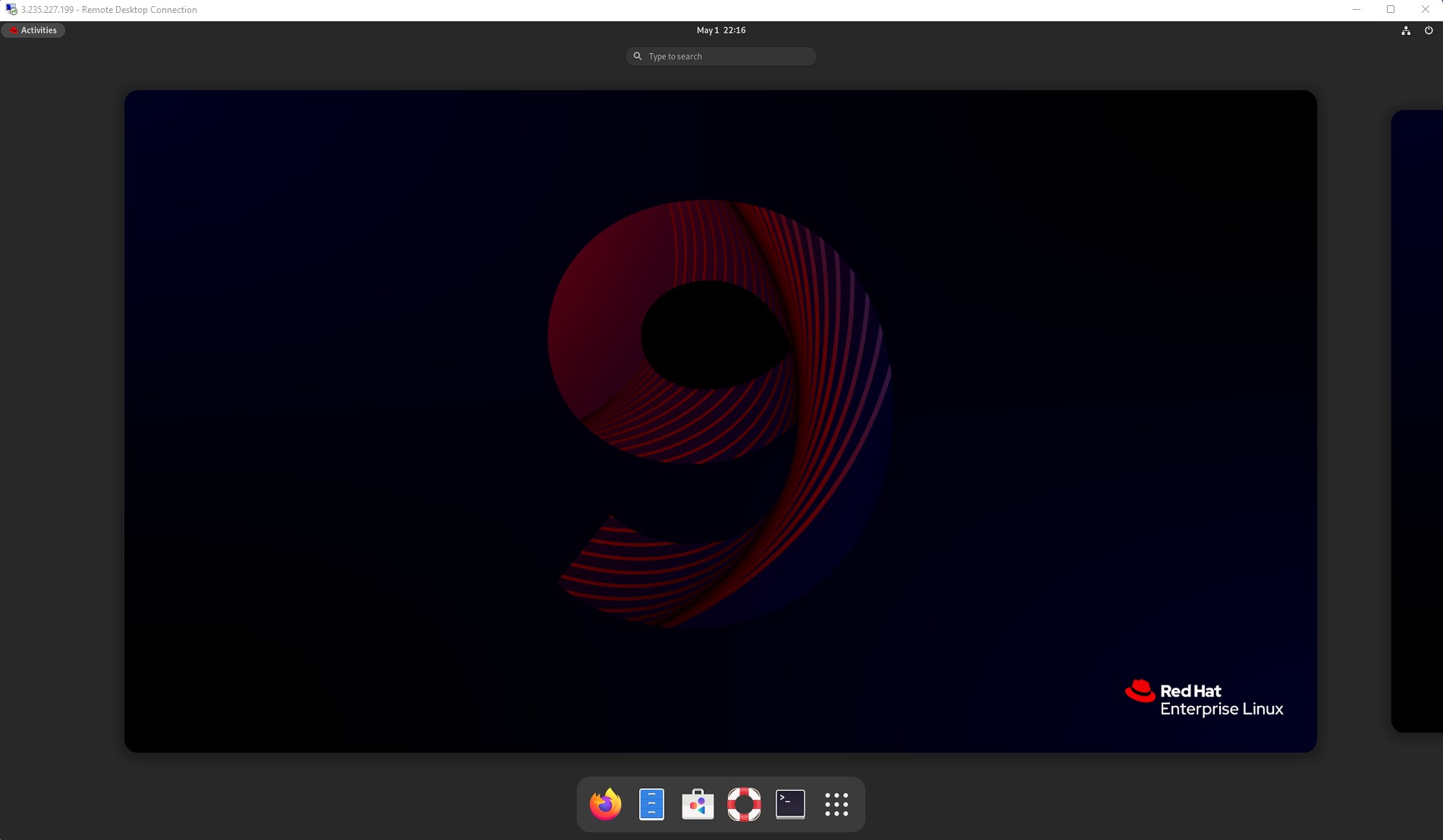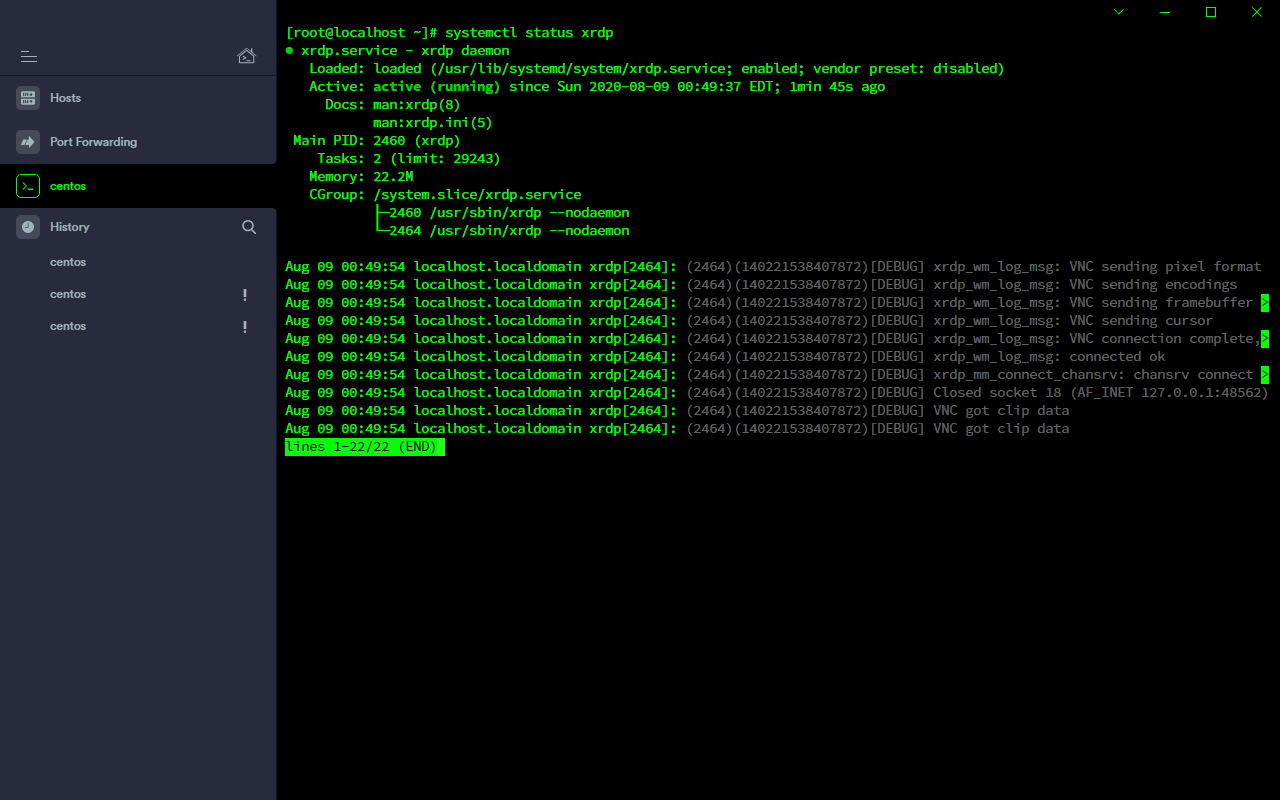RemoteIoT XRDP tutorial has become a critical resource for professionals and enthusiasts who need seamless remote access solutions. With the increasing demand for remote work and IoT integration, mastering XRDP within the RemoteIoT ecosystem is essential. This tutorial will guide you step-by-step through the setup, configuration, and optimization of XRDP for remote access.
In today's digital age, remote access technology plays a pivotal role in enhancing productivity and flexibility. Whether you're managing IoT devices from afar or connecting to a remote server, XRDP provides a robust solution. This article dives deep into the RemoteIoT XRDP setup process, ensuring you have all the tools and knowledge to succeed.
By the end of this RemoteIoT XRDP tutorial, you'll understand how to configure XRDP effectively, troubleshoot common issues, and optimize performance. Let's get started!
Read also:Will Hartzell Girlfriend Taylor
Table of Contents
1. Introduction to RemoteIoT XRDP
2. Benefits of Using XRDP for RemoteIoT
3. Step-by-Step Setup Guide for XRDP
4. Configuring XRDP for Optimal Performance
5. Troubleshooting Common XRDP Issues
6. Optimization Techniques for XRDP
Read also:Hsoda 052
7. Ensuring Security in RemoteIoT XRDP
8. Integrating XRDP with IoT Devices
9. XRDP vs Other Remote Access Tools
10. Future Trends in RemoteIoT XRDP
Introduction to RemoteIoT XRDP
RemoteIoT XRDP is a powerful tool that enables users to access remote servers and IoT devices securely. XRDP, or X Remote Desktop Protocol, is an open-source implementation of Microsoft's RDP (Remote Desktop Protocol). It allows users to connect to remote machines and interact with them as if they were sitting in front of the physical device.
For organizations leveraging IoT technology, XRDP offers a scalable solution for managing devices and servers remotely. This section will explore the basics of XRDP and its role in the RemoteIoT ecosystem.
Key Features:
- Supports multiple remote sessions simultaneously.
- Compatible with various operating systems, including Linux and Windows.
- Provides a seamless user experience with minimal latency.
Benefits of Using XRDP for RemoteIoT
Adopting XRDP for RemoteIoT applications comes with numerous advantages. Here are some of the key benefits:
Increased Productivity: XRDP allows team members to access IoT devices and servers remotely, reducing the need for physical presence and speeding up decision-making processes.
Cost Efficiency: By eliminating the need for travel and on-site maintenance, XRDP significantly reduces operational costs.
Enhanced Security: XRDP supports encryption protocols, ensuring secure communication between the client and server.
Why Choose XRDP Over Other Solutions?
XRDP stands out due to its open-source nature, flexibility, and compatibility with a wide range of systems. It is particularly well-suited for RemoteIoT applications where scalability and reliability are paramount.
Step-by-Step Setup Guide for XRDP
Setting up XRDP for RemoteIoT involves a series of straightforward steps. Below is a comprehensive guide to help you get started:
1. Install XRDP on Your Server
Begin by installing XRDP on your server. For Ubuntu-based systems, use the following command:
sudo apt-get install xrdp
For CentOS or RHEL systems, use:
sudo yum install xrdp
2. Configure Firewall Settings
Ensure your firewall allows traffic on port 3389, which is the default port for RDP connections. Use the following command:
sudo ufw allow 3389
3. Test the Connection
Once installed and configured, test the connection using a remote desktop client. For Windows, use the built-in Remote Desktop Connection tool. For macOS, you can use Microsoft Remote Desktop.
Configuring XRDP for Optimal Performance
To ensure XRDP performs optimally, consider the following configuration tips:
Adjust Session Settings: Modify the session configuration file (/etc/xrdp/xrdp.ini) to customize settings such as screen resolution and color depth.
Enable Multi-User Support: XRDP supports multiple concurrent sessions, which can be enabled by tweaking the configuration files.
Optimize Network Settings: For slower connections, enable compression and bitmap caching to reduce bandwidth usage.
Troubleshooting Common XRDP Issues
Despite its robustness, XRDP may encounter issues during setup or operation. Here are some common problems and their solutions:
Problem: Unable to Connect
Solution: Verify that the XRDP service is running and the firewall allows traffic on port 3389. Restart the XRDP service using:
sudo systemctl restart xrdp
Problem: Black Screen After Login
Solution: Check the display manager configuration. For Ubuntu, ensure GDM is set as the default display manager.
sudo dpkg-reconfigure gdm3
Optimization Techniques for XRDP
Optimizing XRDP involves fine-tuning both the server and client settings. Here are some advanced techniques:
Enable GPU Acceleration: For graphical-intensive applications, enable GPU acceleration to improve performance. This requires installing additional drivers and configuring the XRDP settings accordingly.
Use Compression: Enable compression to reduce latency and improve responsiveness, especially over slower networks.
Best Practices for Optimization
Regularly update XRDP to the latest version to benefit from performance improvements and security patches. Monitor system resources to identify bottlenecks and address them proactively.
Ensuring Security in RemoteIoT XRDP
Security is a critical aspect of any remote access solution. Here are some measures to enhance the security of your XRDP setup:
Use Strong Passwords: Enforce strong password policies to prevent unauthorized access.
Enable Two-Factor Authentication: Add an extra layer of security by enabling two-factor authentication for XRDP connections.
Regularly Update Software: Keep XRDP and related software up to date to protect against vulnerabilities.
Encryption Protocols
XRDP supports SSL/TLS encryption to secure data transmission. Ensure that encryption is enabled in the configuration settings.
Integrating XRDP with IoT Devices
Integrating XRDP with IoT devices requires careful planning and configuration. Here are some steps to facilitate seamless integration:
Choose the Right IoT Platform: Select an IoT platform that supports XRDP integration, such as Raspberry Pi or BeagleBone.
Configure Network Settings: Ensure the IoT device is connected to the same network as the XRDP server for optimal performance.
Test the Integration: Perform thorough testing to ensure all components work together harmoniously.
Use Cases for XRDP in IoT
XRDP can be used in various IoT applications, including remote monitoring of industrial equipment, smart home management, and agricultural automation.
XRDP vs Other Remote Access Tools
While XRDP is a powerful tool, it's essential to compare it with other remote access solutions:
TeamViewer: Offers user-friendly interfaces and cross-platform support but is proprietary software.
VNC: Provides excellent compatibility but may lack the performance and security features of XRDP.
SSH: Ideal for command-line access but lacks graphical capabilities.
Why XRDP is the Best Choice
XRDP combines the advantages of open-source software with robust performance and security features, making it the preferred choice for RemoteIoT applications.
Future Trends in RemoteIoT XRDP
The future of RemoteIoT XRDP looks promising, with advancements in technology driving innovation. Here are some trends to watch:
Enhanced Security Protocols: As cyber threats evolve, XRDP will incorporate more advanced security measures to protect remote connections.
Improved Performance: Continued optimization of XRDP will result in faster and more reliable connections, even over low-bandwidth networks.
Integration with AI: XRDP may soon integrate AI-powered features to enhance user experience and automate routine tasks.
Conclusion
This RemoteIoT XRDP tutorial has provided a comprehensive overview of XRDP setup, configuration, and optimization. By following the steps outlined, you can harness the power of XRDP to manage IoT devices and servers remotely with ease and efficiency.
We encourage you to share your thoughts and experiences in the comments section below. For more insightful articles on IoT and remote access technologies, explore our other content. Together, let's build a smarter, more connected world!


